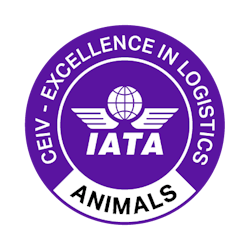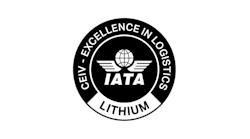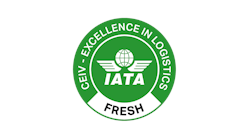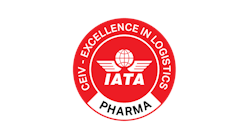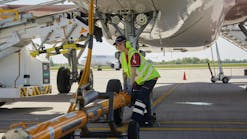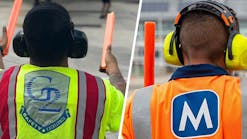This article is part of a series explaining the various types of IATA CEIV certifications.
To help ensure the well-being of animals traveling by air, the International Air Transport Association (IATA) introduced CEIV Live Animals in 2018.
CEIV Live Animals has 30 certified entities, including eight airlines and four ramp handlers. While transporting live animals by air is not something everyone is willing to do, IATA officials say transporting animals by air is considered to be the most humane and expedient method of transportation over long distances.
As IATA’s understanding of different animal species has grown, including learning behaviors, stressors and comfort needs, regulations have become more detailed (How to Handle Animals with Care).
To ensure the safety and welfare of animals, avoid additional stress, injury and even death, organizations with CEIV Live Animals certifications follow very specific requirements.
These requirements are based on the provisions of IATA's Live Animals Regulations (LAR), recognized by respected bodies like the World Organization for Animal Health (WOAH), the Convention on International Trade in Endangered Species of Wild Fauna and Flora (CITES), the US Fish and Wildlife Service (USFWS), and the member states of the European Union, as the benchmark guidelines for the carriage of live animals by air.
Air Canada in 2018 became the first airline to be awarded IATA Center of Excellence for Independent Validators (CEIV) for Live Animals Logistics certification and in 2022 became first airline to be recertified.
Other airlines with CEIV Live Animals certification include Qatar, Turkish Airlines, Cathay Pacific, Etihad Airways, Avianca Cargo, National Air Cargo Group and Challenge Airlines.
Ramp handlers with CEIV Live Animals certification include Hong Kong Air Cargo Terminals Limited (HACTL)at Hong Kong International Airport, SAASA Ramp Services at Jorge Chavez International Airport (LIM), dnata (BRU) and Challenge Handling at Liege Airport (LGG).
